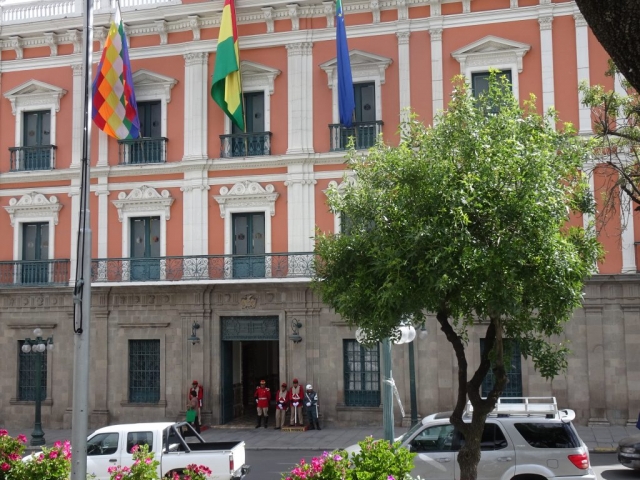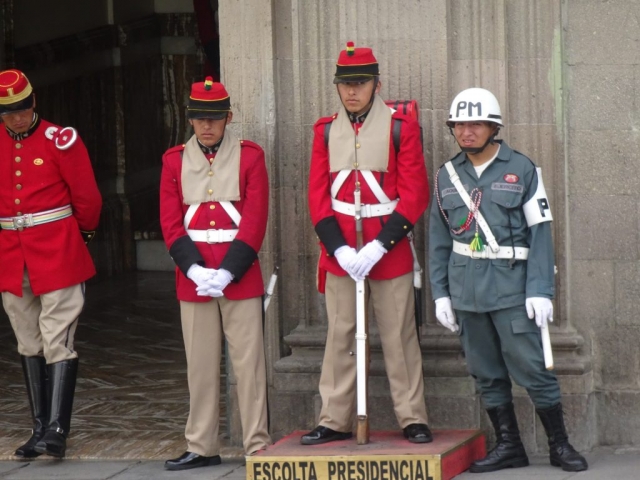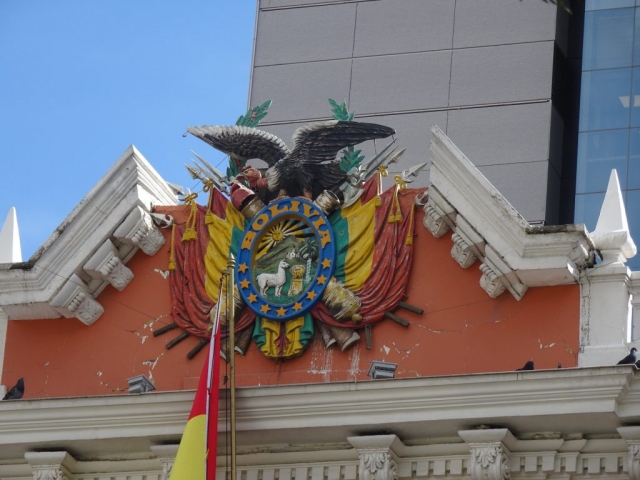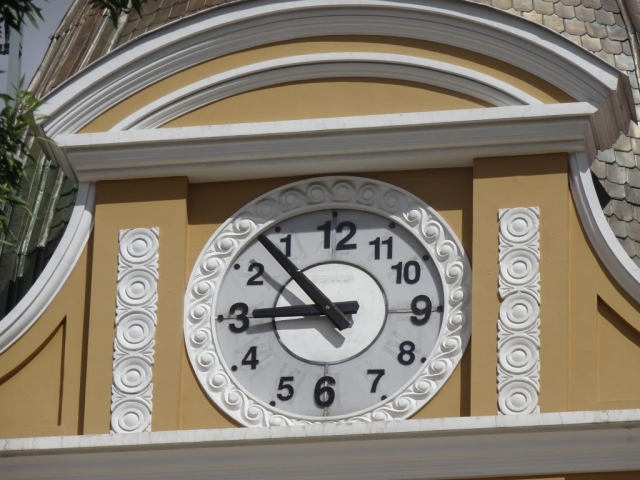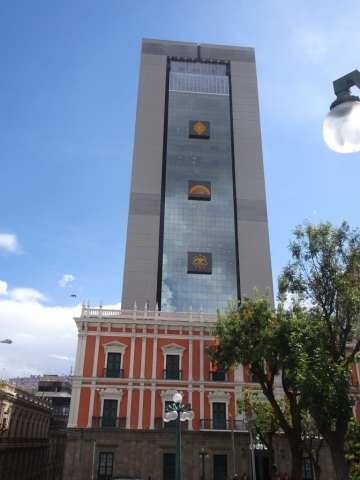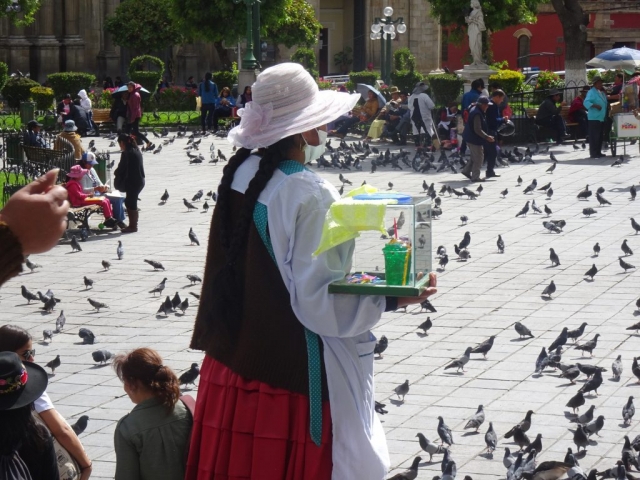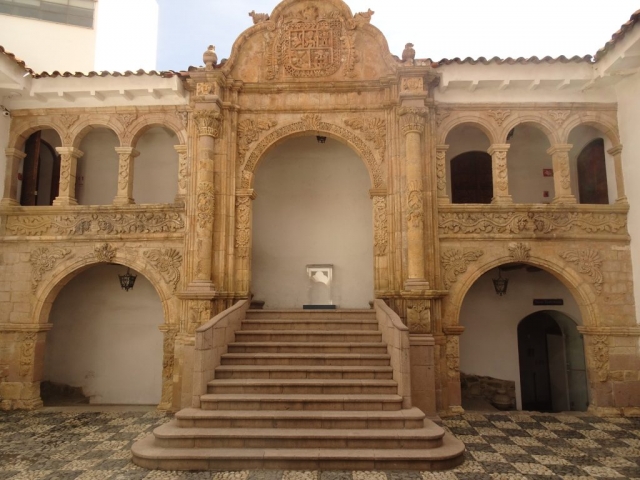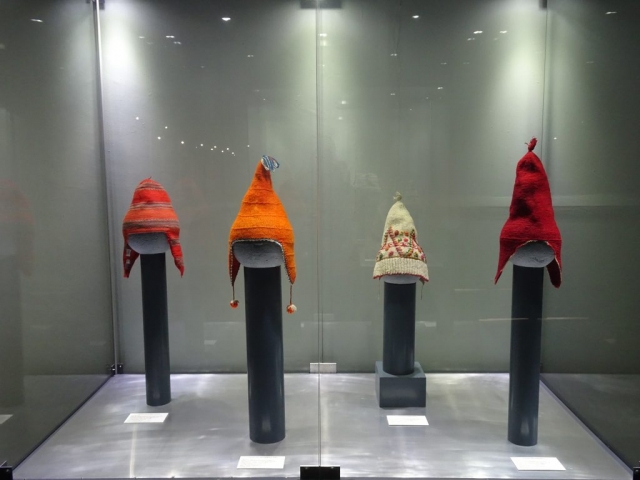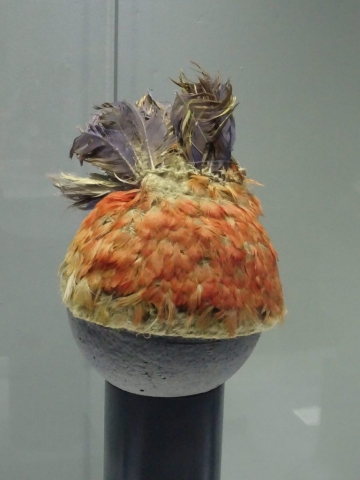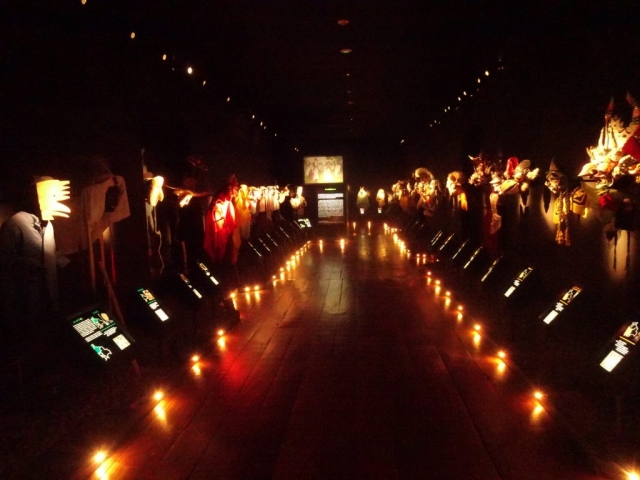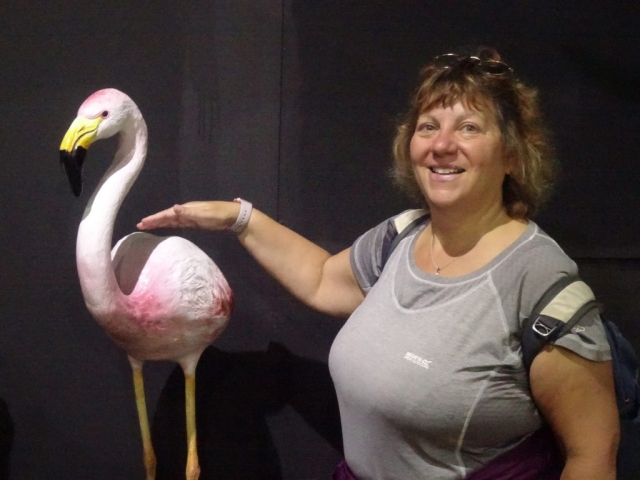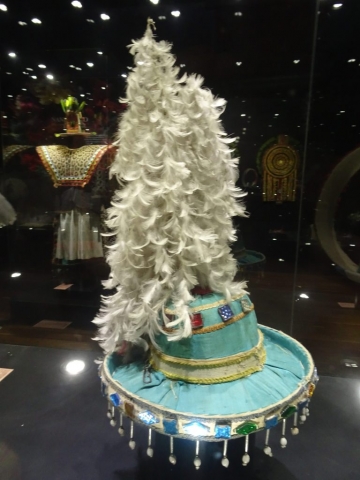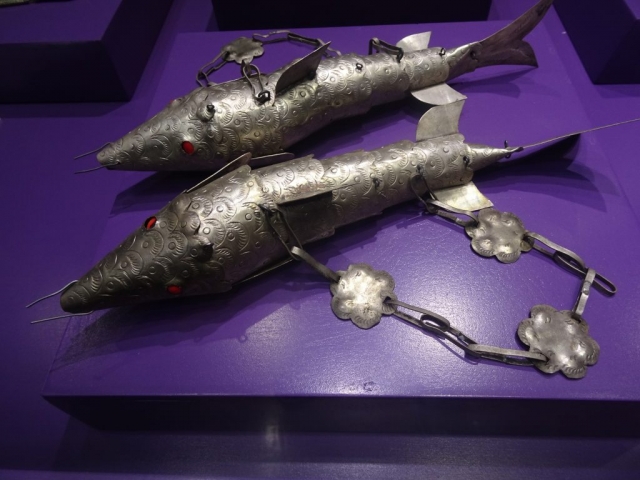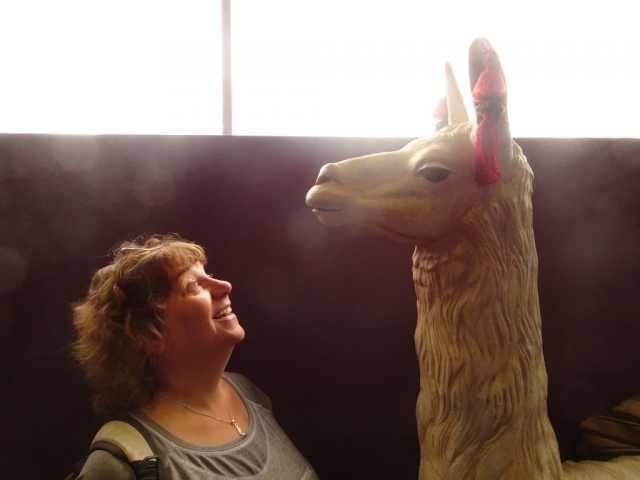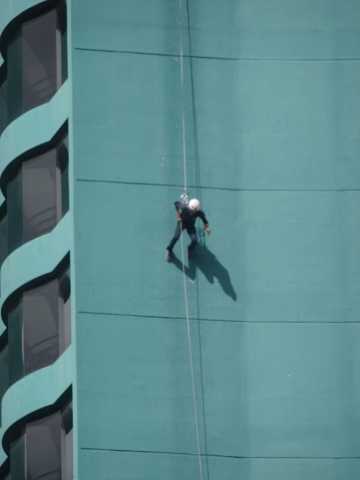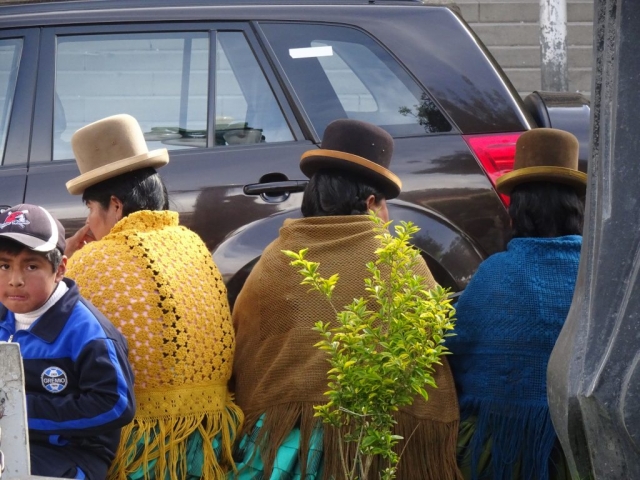La Paz – The de facto capital of Bolivia
La Paz is not the official capital of Bolivia, this is actually Sucra but it is the home to the President and the Government and is the cultural capital of Bolivia. La Paz is the highest altitude administration capital in the world. It is is built in a canyon created by the Choqueyapu River (now mostly built over), which runs northwest to southeast. The city’s main thoroughfare, which roughly follows the river, changes names over its length, but the central tree-lined section running through the downtown core is called the Prado.
The geography of La Paz (in particular the altitude) is marked by social differences. The more affluent residents live in the lower, central areas of the city southwest of the Prado. Many middle-class residents live in high-rise condos near the center. Lower-income residents live in makeshift brick houses in the surrounding hills.
We first arrived in La Paz late at night and honestly it did not appear an attractive city in the dark. The hotel we had booked was a little dated and lacked atmosphere, during the 4 nights we stayed there we did not see another guest. In the morning the city looked more appealing and came alive with colour. We realised we were staying 2 minutes walk from the famous witches market and the street were full of interesting stalls. Our first activity that day was to plan trips from La Paz. Having had a great experience on Peru Hop we went to find their office as they also organised trips. We met a lovely German man called Neils in the office who was very helpful with information about La Paz and also about tours. He recommend a great cafe, Higher ground, run by an Australian where we got great coffee and and sat and planned the next few days tours.
With our tours booked we wondered round the city , we went to the main square and then picked a road up a hill. As we went up the hill we came across a museum, National Museum of Ethnography and Folklore. It looked interesting so we bought tickets and went in and were not disappointed. The rooms were organised around objects, knitting, hats, masks etc and displayed a mixture of old and new items. One of the great things about walking round a city is to discover by accident a great place to visit. After this we headed further up hill to a street full of colonial buildings, then hopped in a cab back to our hotel.
The next day we joined a walking tour of the old city. The tour started outside the San Pedro Prison, which is famous for in previous years allowing tourist to visit. A practice which now officially is said to have stopped but some people say you can still get in. The prison is run by the inmates who make the rules, wives and children live with inmates. The quality of your accommodation depends on how much you pay. The prison became even more well known from a 2003 book “Marching Powder”. A non-fiction book written by Australian author Rusty Young. It is based on the true story of a British-Tanzanian man, Thomas McFadden, who was apprehended in 1996 at La Paz airport in Bolivia with five kilos of cocaine in his suitcase and incarcerated in San Pedro prison.
Our tour took us through the streets of La Paz, though the markets and main squares. We were entertained by two young Bolivian men who as well as giving us facts also told us stories of Folklore and Pachamama. We learned that despite the large majority being Catholics the Bolivians in La Paz still have a strong belief in the ancient ways. In the witches market we saw dried llama fetuses, tradition has it these are buried in the foundations of a building to bring good luck.
Whilst our hotel was not that good and breakfast was a disaster we had found a few good restaurants in the area. It is often difficult to judge a restaurant from the outside as most look rather bland behind closed door but once you venture in and climb the stairs you frequently find your self in a different world.
